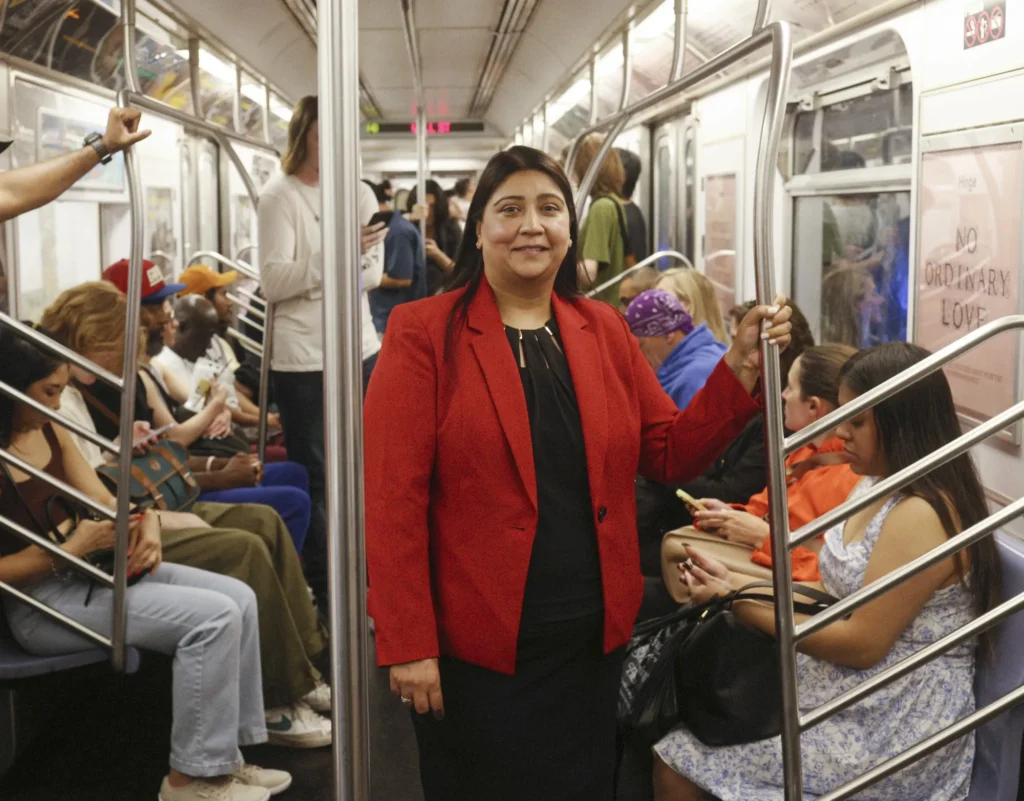Each morning, Jai Patel boards a subway in lower Manhattan, not just as a commuter but as the person responsible for the fiscal health of one of the largest transit systems in the world. As the chief financial officer of New York City’s Metropolitan Transportation Authority (MTA), Patel oversees a budget that stretches into tens of billions of dollars annually, balancing operational costs, infrastructure upgrades, and long-term strategic investments. Every turnstile, train car, and station guard carries a line item in her spreadsheet, reflecting the immense complexity of managing the city’s transportation lifeline.
The Scale of the MTA’s Operations
The New York City transit system is a marvel of modern infrastructure: it moves millions of riders each day across subway lines, commuter rails, and bus routes. Patel’s role involves understanding the minutiae of this massive operation. The guard stationed near a subway gate, for example, costs the system about $21.20 an hour, a small but critical investment to deter fare evasion that drains millions from the MTA each year. The cost of a conductor—approximately $72,126 annually plus benefits—illustrates the human capital required to maintain service reliability across hundreds of miles of track.
Even more striking is the cost of rolling stock. Each subway car, a crucial element in keeping trains moving, will soon need to be replaced at roughly $4 million apiece. With hundreds of cars in the system, Patel must forecast long-term capital expenditures and ensure that replacements align with both budget constraints and the demands of a city that never stops moving.
Balancing Operational Costs with Capital Needs
Patel’s job is a constant balancing act. Operational expenses—salaries, maintenance, energy costs—are recurring and relatively predictable, but capital projects such as track repairs, station upgrades, and new train cars require careful planning and long-term foresight. Decisions made today can affect the system’s reliability and financial health decades into the future.
Funding these projects requires a mix of federal grants, city subsidies, and revenue from fares and tolls. Patel must constantly evaluate whether short-term operational efficiencies can free up resources for essential capital projects. Every budget cycle involves trade-offs: delaying car replacements may save money today but risks higher maintenance costs and service disruptions tomorrow.
Innovations and Cost Management
To manage costs effectively, Patel has embraced technological solutions and innovative management strategies. Advanced analytics help forecast ridership, optimize staffing, and reduce waste. Initiatives to modernize fare collection and introduce contactless payment systems aim to reduce fare evasion and improve revenue capture.
Patel also focuses on workforce efficiency. While conductors and station personnel are essential for safety and service quality, she works to ensure that staffing levels are aligned with operational demand. The goal is to maintain high service standards while controlling expenses—a delicate balance in a system with both legacy infrastructure and a growing urban population.
The Human Side of the Budget
Beyond numbers and spreadsheets, Patel’s work has a profound impact on the daily lives of millions of New Yorkers. Decisions about staffing, service frequency, and infrastructure upgrades affect commute times, safety, and accessibility. Patel often emphasizes that each budget line represents real people: riders, employees, and communities that rely on the transit system.
Her approach reflects a blend of analytical rigor and practical empathy. She understands that fiscal responsibility cannot come at the expense of service quality, especially in a city where public transit is not just a convenience but a necessity for economic and social mobility.
Conclusion
Jai Patel stands as a testament to the complexity and importance of urban transportation finance. Managing New York City’s transit budget requires not only financial expertise but also strategic vision, foresight, and a deep understanding of the human dynamics that drive the system. Every turnstile, conductor, and subway car is more than just a cost—it’s part of a living, breathing network that keeps one of the world’s busiest cities moving. Patel’s work ensures that this vast, intricate system remains operational, sustainable, and ready for the challenges of the future.



